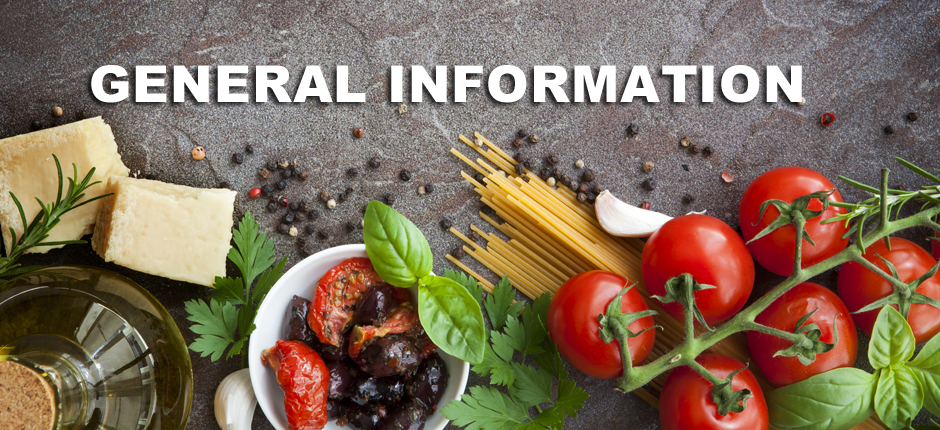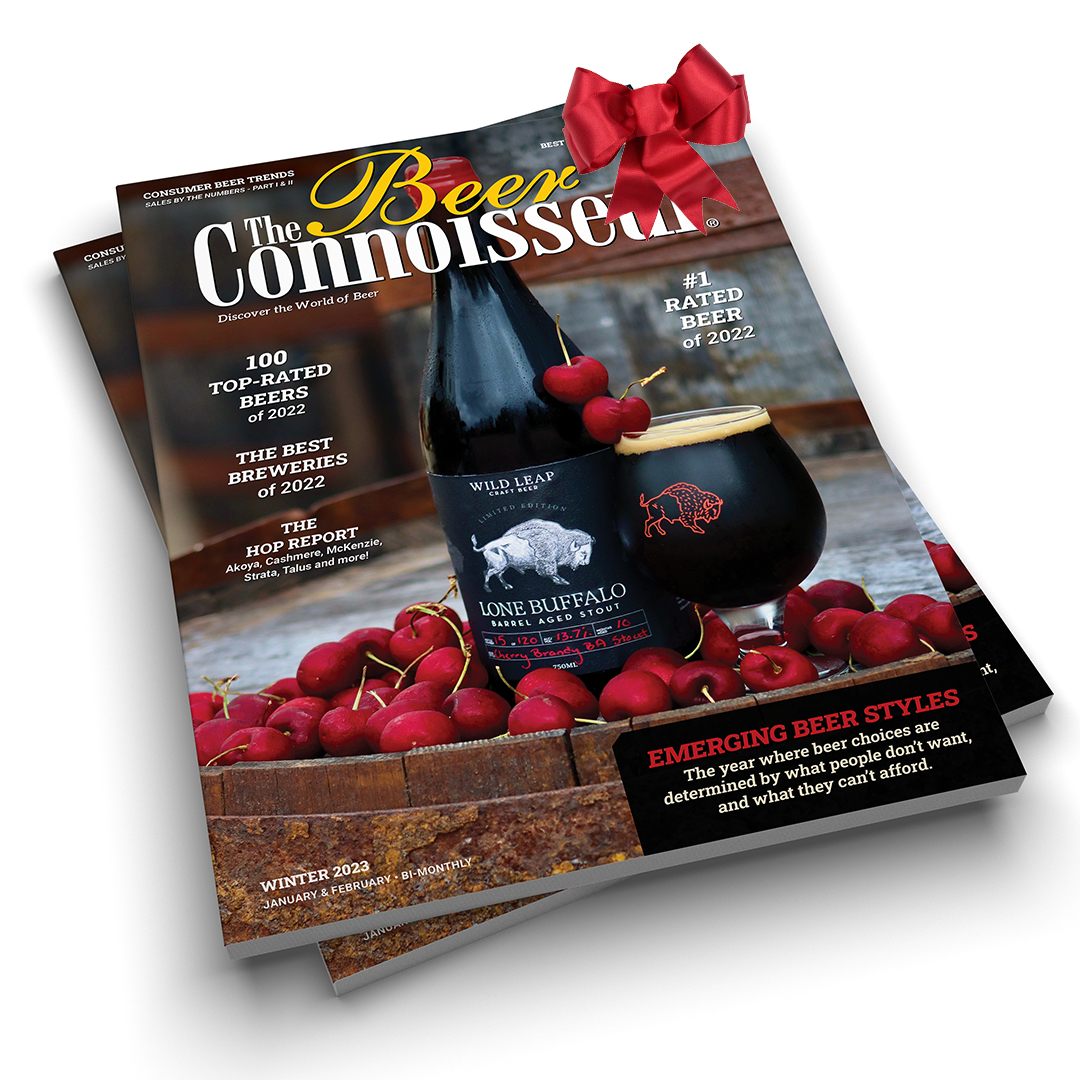In the bustling kitchens of Texas, food handlers play a crucial role in ensuring the safety and quality of the food served. One of the most critical aspects of food safety is understanding and managing the “Danger Zone” – the temperature range where harmful bacteria can thrive. This article will delve into the best practices for Texas food handlers to keep foods out of the danger zone, with insights from ACE Food Handler, the FDA, and the USDA.
The Danger Zone Defined
The Danger Zone refers to the temperature range between 40°F and 140°F. Within this range, bacteria such as Staphylococcus aureus, Salmonella Enteritidis, Escherichia coli O157:H7, and Campylobacter can double in number in as little as 20 minutes12. Texas food handlers must be vigilant in keeping food outside this range to prevent foodborne illnesses.
Strategies for Temperature Control
- Cold Holding: Refrigeration is essential for keeping cold foods at or below 40°F. Regular checks and proper storage methods are necessary to maintain safe temperatures1.
- Hot Holding: Hot foods should be maintained at or above 135°F. Equipment like chafing dishes and steam tables can help in keeping food at safe temperatures1.
- Cooking to Proper Temperatures: Cooking foods to the right internal temperatures is vital. For example, poultry should reach a minimum internal temperature of 165°F3.
- Rapid Cooling: Foods should be cooled quickly after cooking. Utilizing shallow containers can aid in reducing temperatures rapidly1.
- Thermometer Use: Accurate thermometers are indispensable for monitoring food temperatures. Food handlers should be trained in the proper use and calibration of thermometers1.
ACE Food Handler’s Contribution
ACE Food Handler provides comprehensive training for food handlers, emphasizing the importance of temperature control and the use of thermometers. Their ANSI-accredited courses ensure that food handlers are well-equipped with the knowledge to keep food safe14.
FDA and USDA Guidelines
Both the FDA and USDA provide detailed guidelines on food safety practices. They recommend never leaving food out of refrigeration for more than 2 hours, or 1 hour if the temperature is above 90°F. Hot foods should be kept at or above 140°F, and cold foods at or below 40°F35.
Conclusion
Texas food handlers have a significant responsibility to prevent foodborne illnesses by keeping foods out of the danger zone. By following the guidelines provided by ACE Food Handler, the FDA, and the USDA, they can ensure that the food they serve is not only delicious but also safe for consumption.
For more information and training, Texas food handlers are encouraged to utilize the resources provided by ACE Food Handler and to stay updated with the FDA and USDA’s latest food safety recommendations143.




